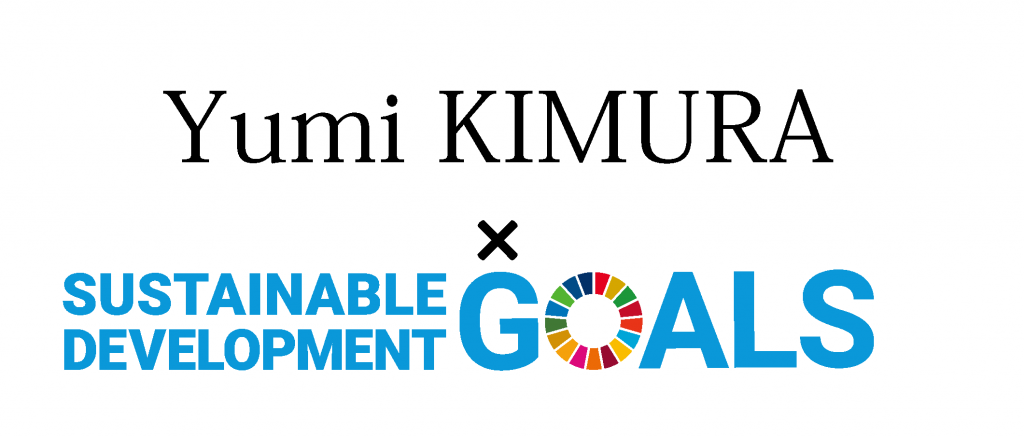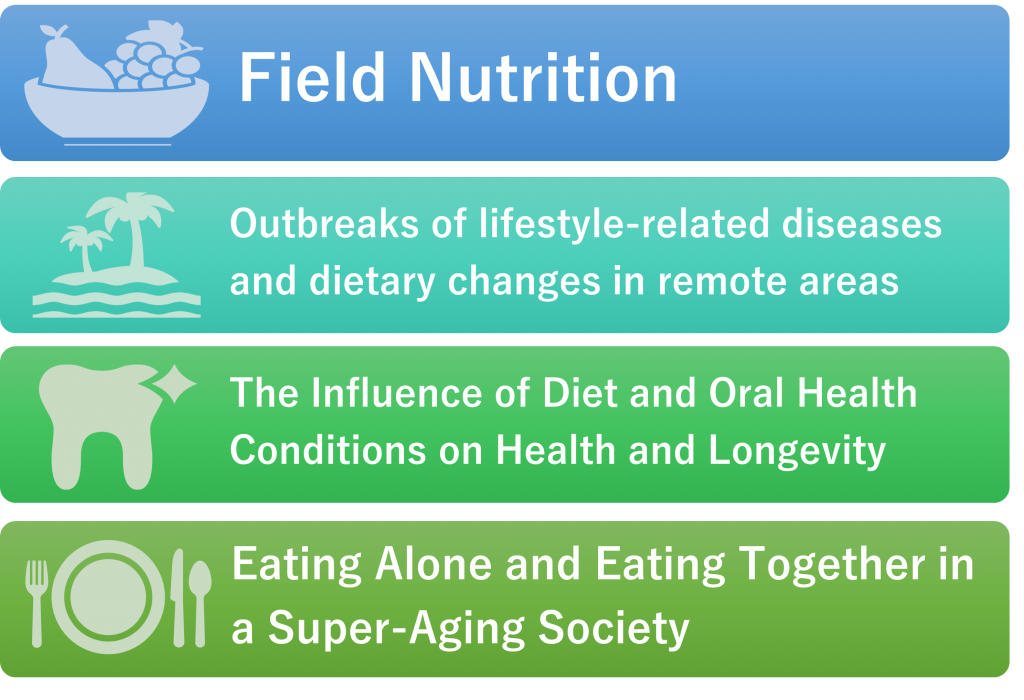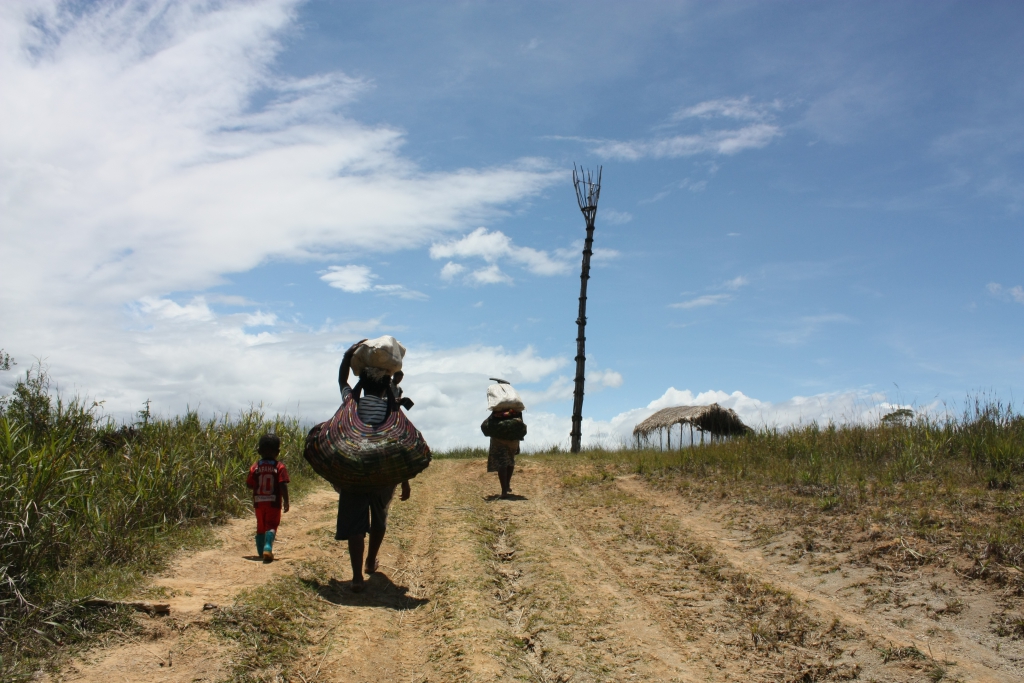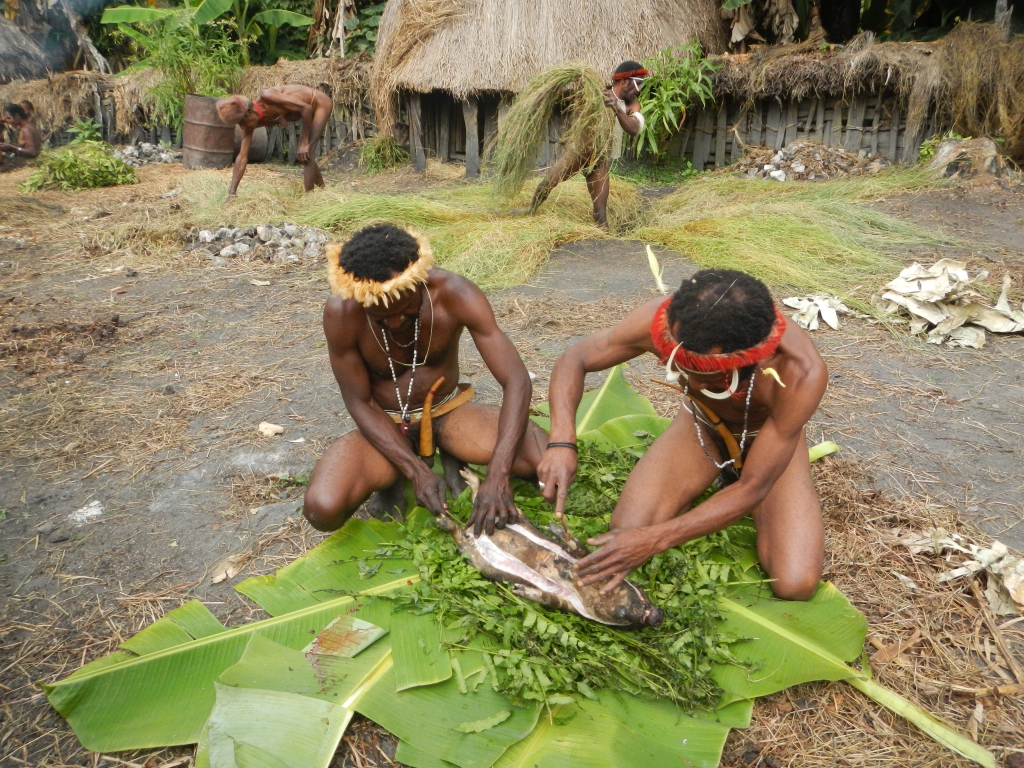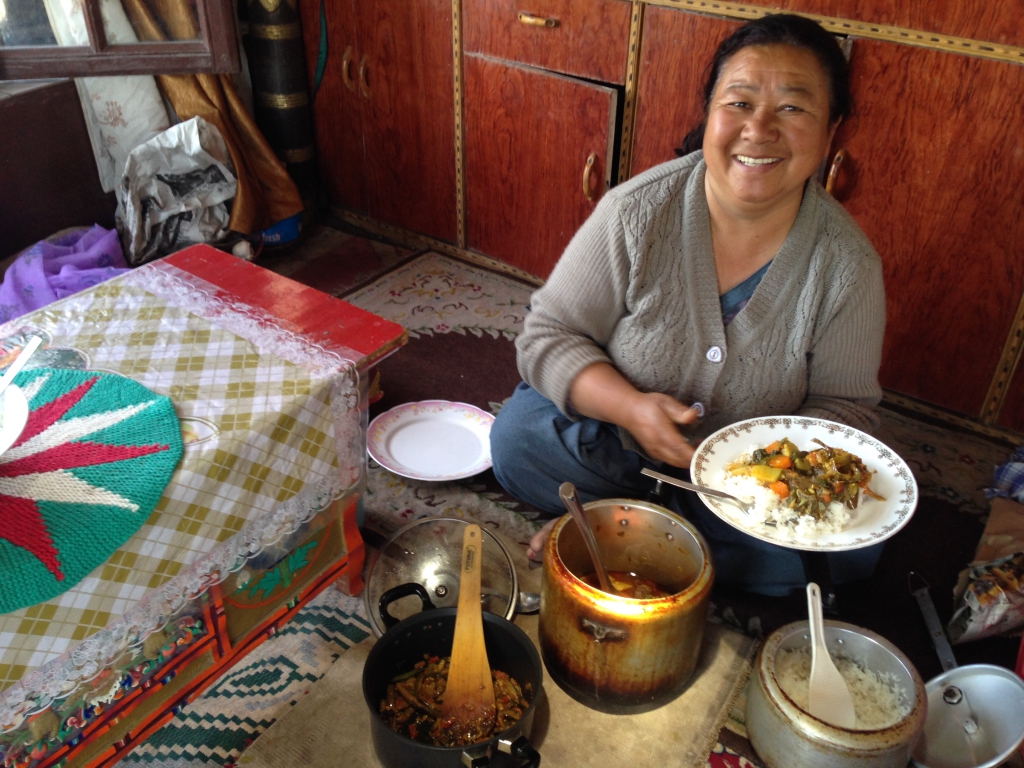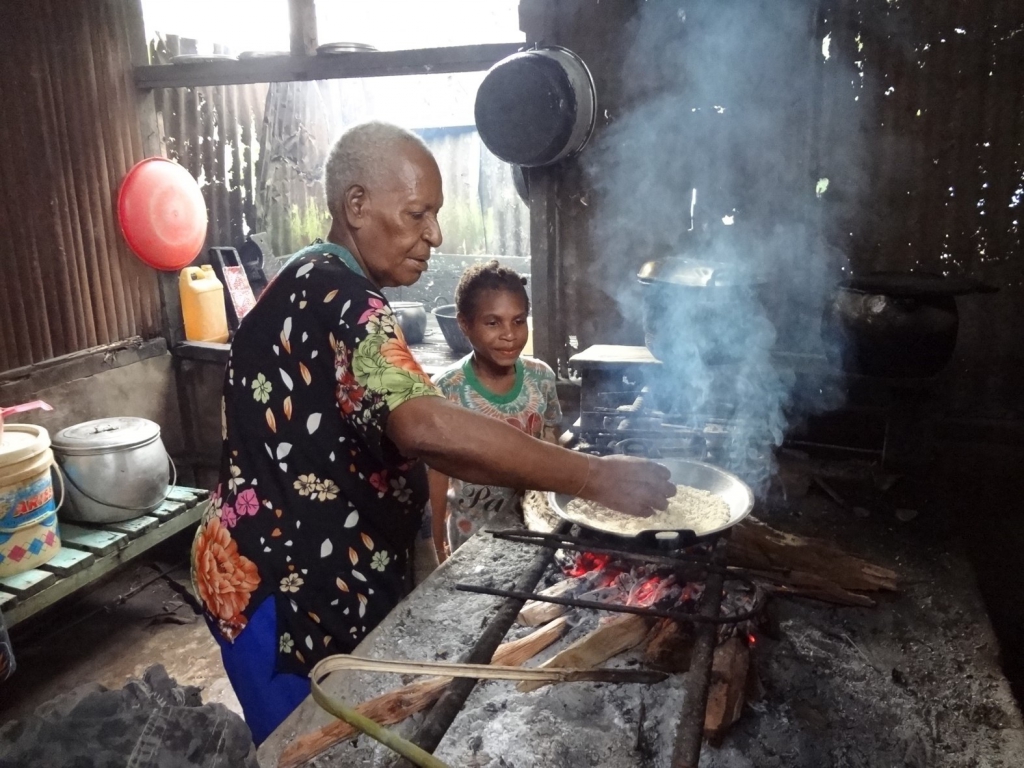We will achieve the SDGs in the field of health care based on the cultural background of dietary habits.

Explore health issues in nutrition.
“There are many aspects to eating, including food habits, culture, and food access, as well as nutritional needs. In addition to epidemiological studies of food and health, field nutrition explores local food, cultural background, and characteristics from a cultural anthropological perspective.
The sweet potatoes we grew are carried to the market, which takes more than three hours on foot. The tower in the back is a watchtower that was used during traditional tribal wars.
( Dani Tribe from Papua New Guinea island)
Stone-steamed cooking found in Oceania. It is a traditional heating method in areas where earthenware was not developed.
( Dani Tribe from Papua New Guinea island)
Originally, barley was the staple food in the Tibetan culture of the Ladakh region of India, but rice has been introduced into the diet, and the cooking methods have changed.
(Plateau in Ladakh, India, Himalaya high ground)
Sago starch, from the jago palm tree, is a traditional staple food of the Papuan people.
( Auyu Tribe from highland New Guinea Hinghland)
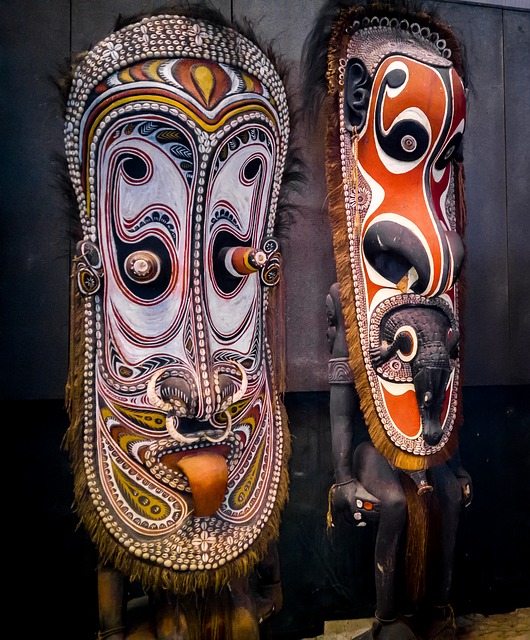
Investigating the occurrence of lifestyle-related diseases and dietary changes in remote areas
The increase in lifestyle-related diseases is one of the most serious problems worldwide, but developing regions face more challenges in treatment because they still lack access to health care systems and medical institutions. It is precisely in these areas that prevention efforts are important, and the first step is to assess nutritional intake and analyze other relevant factors such as lifestyle background. This study focuses on Papua Province on the island of New Guinea and a remote region in the Himalayas where lifestyle-related diseases, are beginning to increase along with urbanization and globalization, and aims to clarify the relationship between lifestyle-related diseases, nutritional status, and cultural background of the elderly.

The Influence of Diet and Oral Hygiene on Health and Longevity
This study focuses on the “food and health” of the elderly. Through field research in communities in Japan and Thailand, we aim to clarify the multifaceted nature of frailty, including not only physical functioning, but also mental states such as depression and quality of life (QOL), nutritional status, and social background. In addition, our research on the perception of frailty among the elderly is in line with an anthropological approach, and we believe that this, along with regional trends and characteristics, can be used to demonstrate pioneering efforts in the prevention of nursing care.

Eating Alone and Eating Together in a Super-Aging Society
In today’s Japan, there is an inevitable increase in the number of elderly people living alone, and it is believed that this will be accompanied by an increase in the number of elderly people eating alone. It has also been found that the risk of loss of appetite is 2.7 times higher among elderly people who eat alone than among those who eat together. One of the ways to support elderly people living alone who need support and care for their daily lives is through nursing care services under the nursing care insurance system, but even among elderly people who are certified as needing nursing care, a high rate of solitary eating is observed. We would like to improve the social inclusion of the elderly through food by working on “shared meals in the community”.
 Prof.KIMURA
Prof.KIMURAWe aim to solve health problems through a “food approach” that is suited to each region and culture, focusing on the various problems of lifestyle-related diseases and the super-aging society that has been rapidly increasing in recent years.

